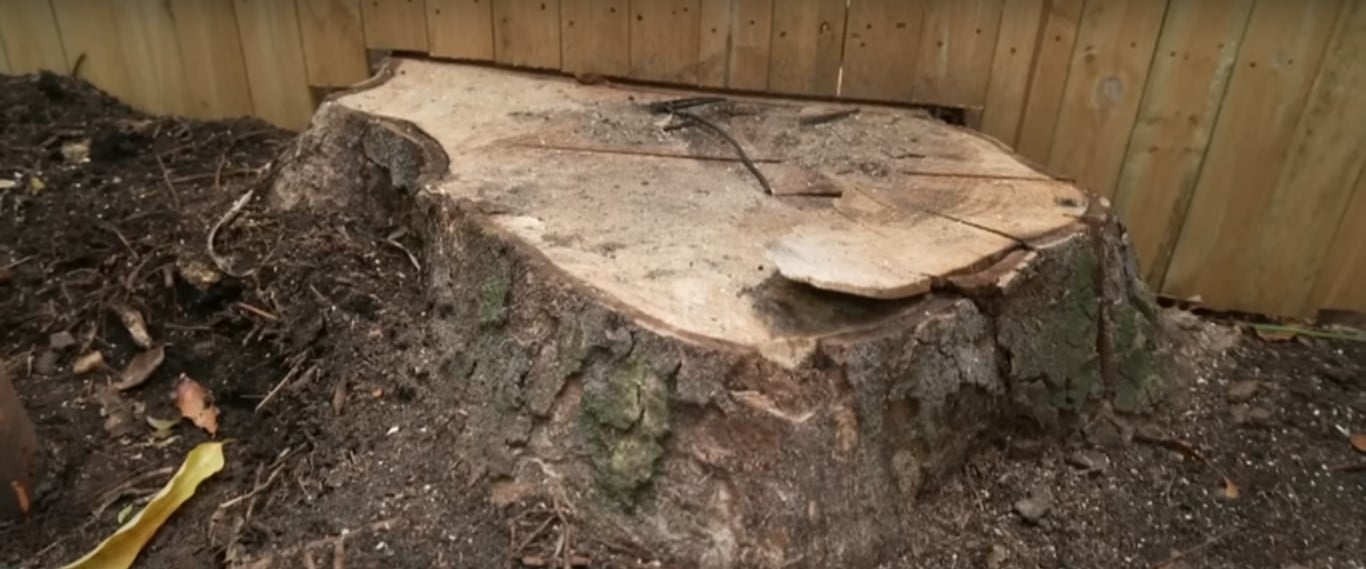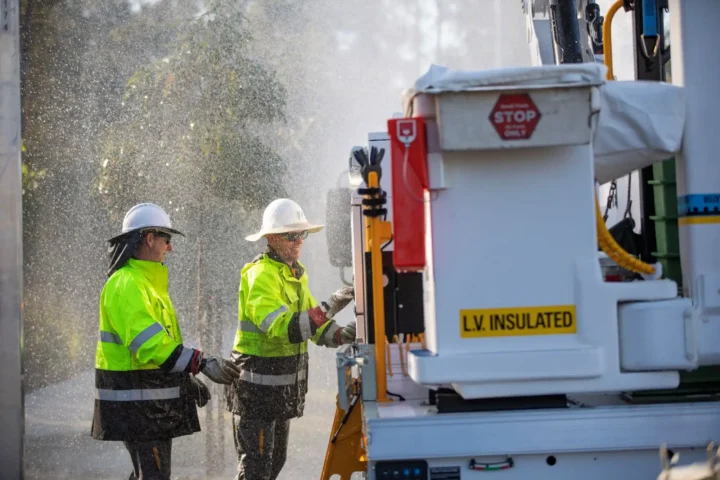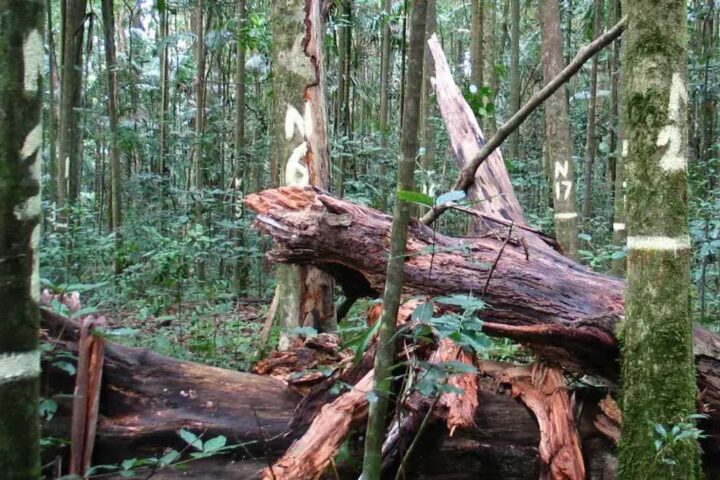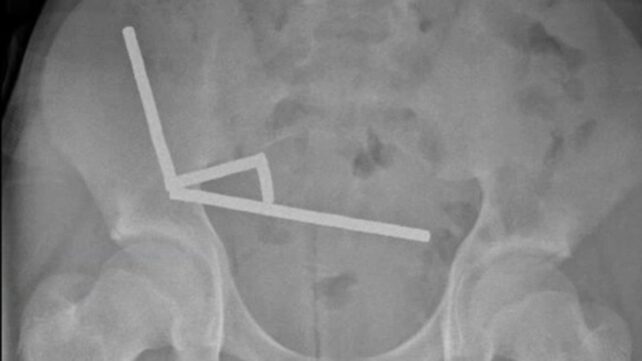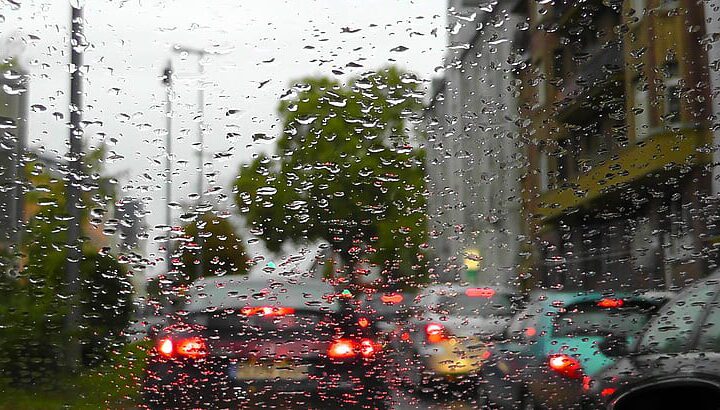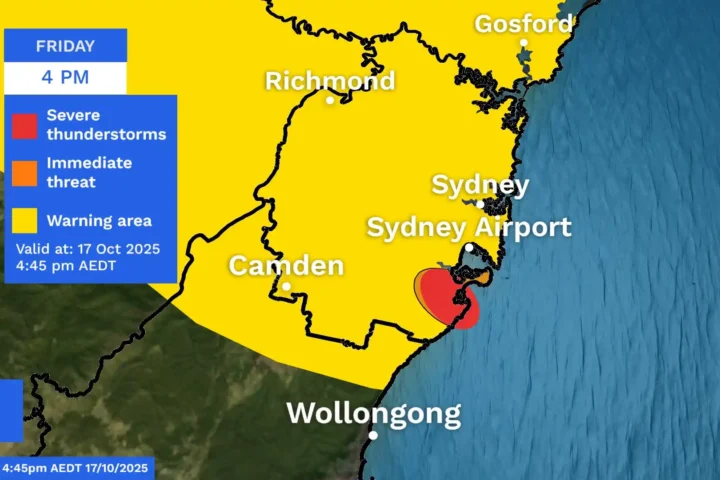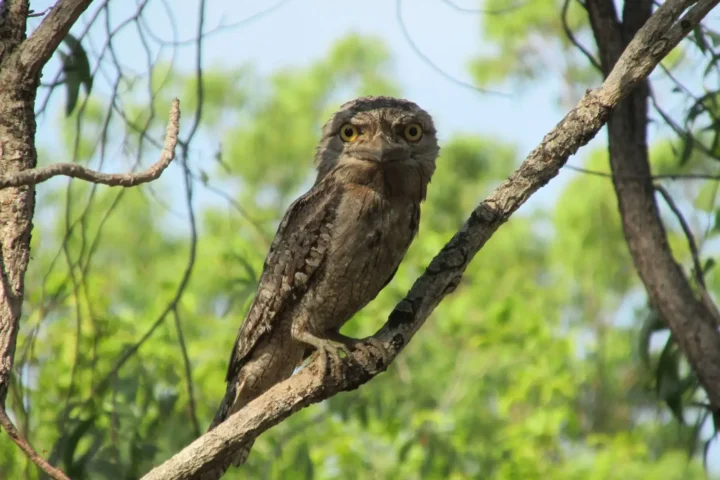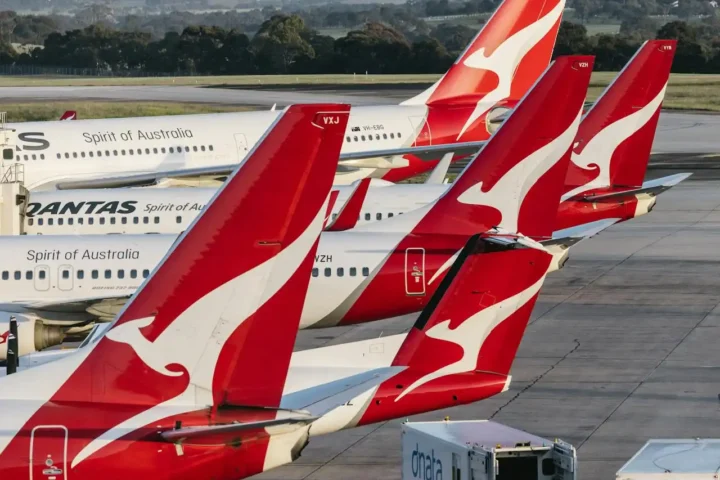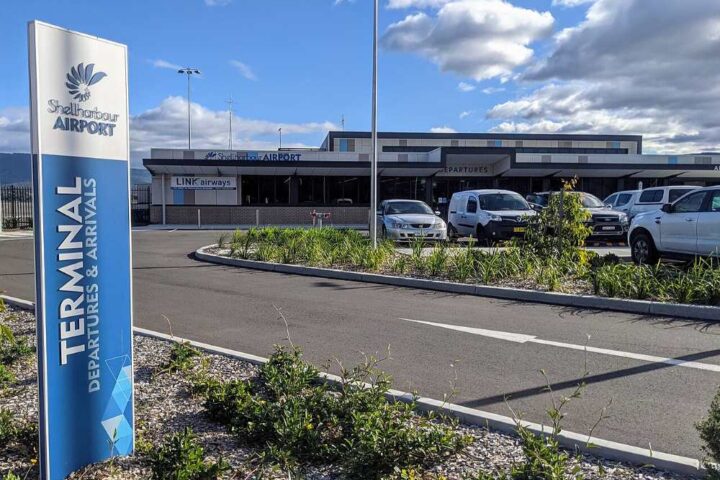A 100-year-old magnolia tree in Bronte became the latest casualty in Sydney’s ongoing struggle to protect its urban canopy. Marco Fanuli, heir to a luxury furniture family, took a chainsaw to the heritage tree located on the boundary of his Henrietta Street property, sparking community outrage and renewing calls for stronger protections for Sydney’s aging trees.
Tree Protection in NSW: What You Need to Know
When it comes to removing trees in NSW, homeowners can’t just grab a chainsaw whenever they feel like it. Waverley Council’s Development Control Plan requires formal approval for any tree over 3 meters tall or with a canopy wider than 2 square meters. (See the Tree Permit application form for details.)
“Under our DCP, any tree above 3 meters or with over 2-meter crown requires consent. Emergency works must be followed by retrospective DA within 28 days,” a Waverley Council Development Officer explained.
The permit process typically takes 4–6 weeks, during which an arborist assesses the tree’s health and structural integrity (general timelines: minimum four weeks for council DAs).
Penalties That Don’t Deter
Fanuli received a $3,000 fine—the maximum penalty council could issue—but many argue this amount is merely pocket change for removing a century-old living landmark.
The NSW Biodiversity Conservation Act 2016 allows for much steeper penalties—up to $330,000 for individuals and $1.65 million for corporations in severe cases.
In the 2022 case Cleary & Anor v Hemmes Property Pty Ltd, the Land and Environment Court imposed a $75,000 fine plus costs on a property owner who illegally removed four mature eucalyptus trees (full judgment).
Local Government NSW proposed doubling individual fines to $6,000 on April 23, 2025, with corporate penalties potentially reaching $50,000. Public submissions on this proposal closed May 31, with over 120 residents weighing in, 82% supporting stronger penalties.
Similar Posts
More Than Just a Tree: The Hidden Value
The century-old magnolia wasn’t just beautiful—it was an ecological powerhouse. Mature magnolias sequester approximately 120 kg of carbon dioxide annually while providing habitat for urban wildlife.
According to the City of Sydney’s Urban Forest Strategy, each large street tree delivers up to $1,000 worth of benefits yearly through stormwater management and cooling effects.
An independent arborist who assessed the tree during the DA process found it “structurally sound and in good health,” recommending crown reduction rather than complete removal. Such selective pruning would have adhered to AS 4373-2007 “Pruning of amenity trees”, preserving the tree’s benefits while addressing any safety concerns.
Climate Context and Insurance Pressures
Tree preservation takes on added urgency in our changing climate. In 2023-24, Australian insurers received over 22,000 storm-damage claims related to ex-Tropical Cyclone Alfred—claims that reached $350 million in payouts, according to the Insurance Council of Australia’s significant events summary.
Tropical Cyclone Jasper alone caused $409 million in insured losses, placing increased pressure on homeowners to address potential hazards—sometimes resulting in preventative but unnecessary tree removal.
What Happens Next?
The property at 109-111 Henrietta Street is scheduled for auction on May 10. Its recently approved development application includes provisions for replacement plantings—three new native trees—and post-construction landscaping requirements.
Waverley Council has decided against pursuing Land and Environment Court action, citing cost inefficiencies, but supports state-level reforms to strengthen penalties. The property sale continues amid ongoing debate about whether current laws adequately protect Sydney’s diminishing tree canopy.

Historical Perspective
Sydney’s formal tree protection framework dates back to 1978 when councils first introduced Tree Preservation Orders to counteract suburban expansion’s impact on urban forests. Despite these measures, Greater Sydney’s canopy cover fell from 25% to 21% by 2019, with recent urban greening initiatives only nudging it back to 21.7% by 2022.
Neighbor Disputes and Resolution Options
Many tree issues arise from property boundary disputes. NSW Fair Trading offers free mediation services specifically designed to help neighbors negotiate tree issues before drastic actions occur.
The Fanuli case highlights how quickly neighbor relations can deteriorate when trees become flashpoints. David Thompson, the neighboring property owner, expressed shock at seeing the century-old tree reduced to stumps without warning or consultation.
Expert Recommendations
“A century-old magnolia’s structural integrity is best judged by an ISA-certified arborist. Removing trunks rather than pruning the crown likely violated AS 4373 standards,” noted John Smith, an AILA-accredited tree consultant.
For homeowners with legitimate tree concerns, arborists recommend following these steps:
- Consult a qualified arborist for assessment
- File proper permit applications with council
- Wait for formal approval
- Consider pruning options before removal
- If removal is necessary, plan for replacement planting
Sydney’s trees represent both heritage and hope—living links to our past and vital tools for building climate resilience. As this case shows, the true cost of losing a century-old tree extends far beyond a single property line.
